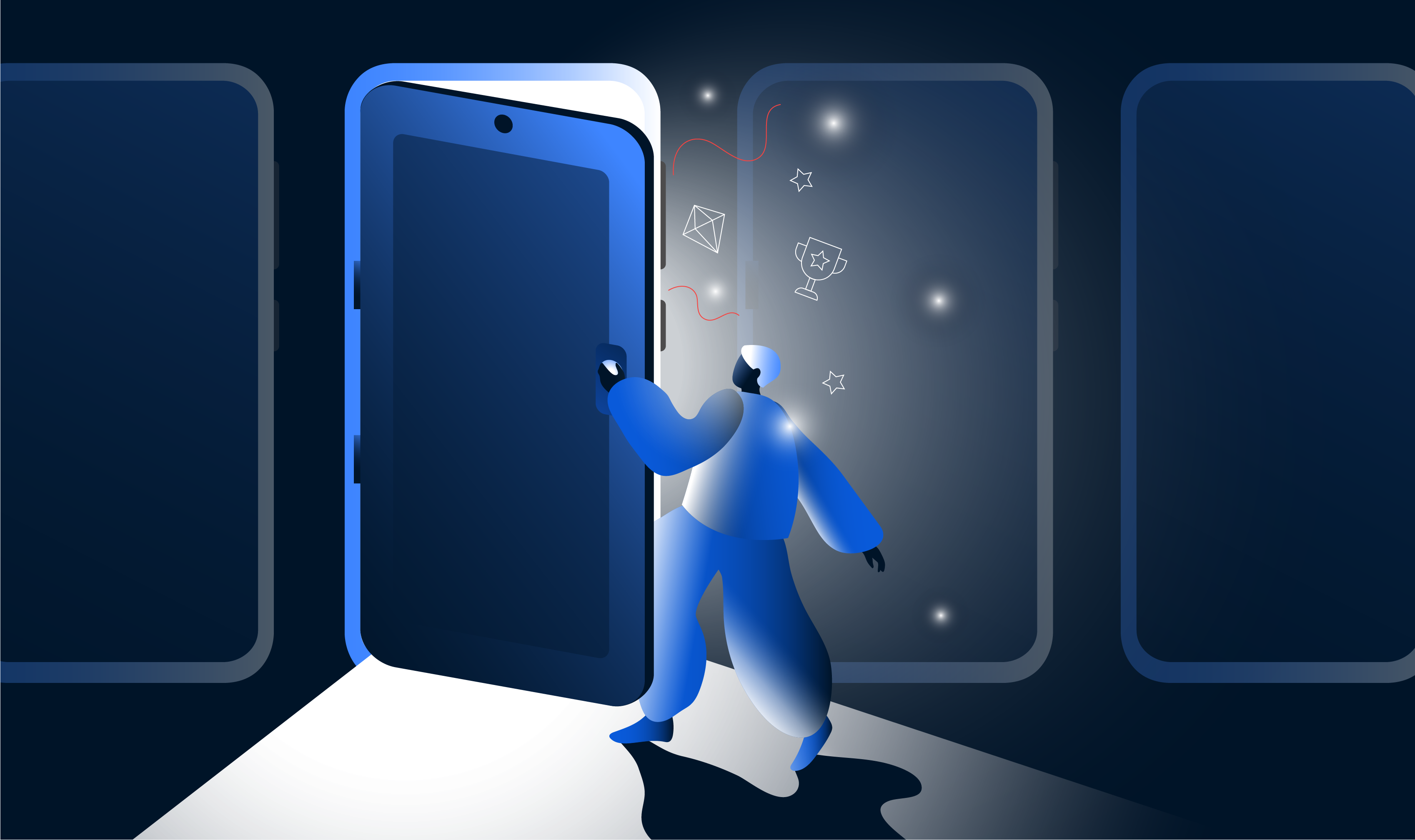The term user experience (UX) was first coined in 1993 by the Cognitive psychologist, Don Norman, while working at Apple Computer as a designer. As a User Experience Architect for Apple, he became the first person to have UX as part of his job title. He said: “I invented the term because I thought Human Interface and usability were too narrow: I wanted to cover all aspects of the person’s experience with a system, including industrial design, graphics, the interface, the physical interaction, and the manual.” UX is a wide-ranging and comprehensive concept that can typically be categorised into 4 key disciplines pertaining to app development: Experience strategy, interaction design, user research, and information architecture. In this article, we briefly describe UX and discuss the four key disciplines below.
UX design has become a buzzword, especially in the tech and software industries, in the last few years. It’s an umbrella term for the four main disciplines, yet it is important to remember that each discipline has its own focus, approach and tools. UX is a rapidly growing field, and it is expected that by 2050, its growth would surpass anything we’ve seen so far.
1. What is UX design?
UX design is concerned with a user’s approach to using a specific app, product, or service. It’s the process of designing that app, product or service in such a way that it offers a useful, pleasant, and valid user experience. UX design involves the entire process of product assimilation including usability, function, and visual design. Briefly, UX is the value that a user gets from using the app or product and UX design is the process of designing it to offer a great experience to its users.
2. Experience strategy
UX design is typically all about offering experiences to users, but it also adds great value to your business. Experience strategy is a major UX design principle that includes a holistic business strategy and integrates customers’ and organisational requirements.
3. Interaction design
Interaction design looks at the user’s interaction with an app and considers all the interactive components such as page transitions, animations, and buttons. Interaction design is all about creating intuitive and visual designs that help users to easily execute core tasks and actions.
4. User research
UX design entails identifying a problem and then building a solution to solve that problem. However, to do this you have to conduct extensive research and collect feedback from your users. During the user research phase, surveys are administered, interviews are conducted, and usability testing is done to understand the end user’s goals and requirements. Qualitative and quantitative data is furthermore collected to inform design decisions. Ultimately, it’s about learning and understanding how users perceive and interact with the app, product or service.
5. Information architecture
Information architecture can at its most basic level be explained as the outline or structure of your app’s content. Information architecture aims to help users navigate their way around an app. To this end, it involves arranging data and content in an accessible and meaningful way.
UX design is much more than just sketching and wireframing. It is a multidisciplinary field that incorporates elements from computer science, psychology, usability engineering and communication design to name but a few. UX design ultimately improves user satisfaction of an app by enhancing the usability, availability, and enjoyment offered when interacting with it.
If you would like to assess whether you are ready to start building your app, please use our free app calculator to find out in a few simple steps.



